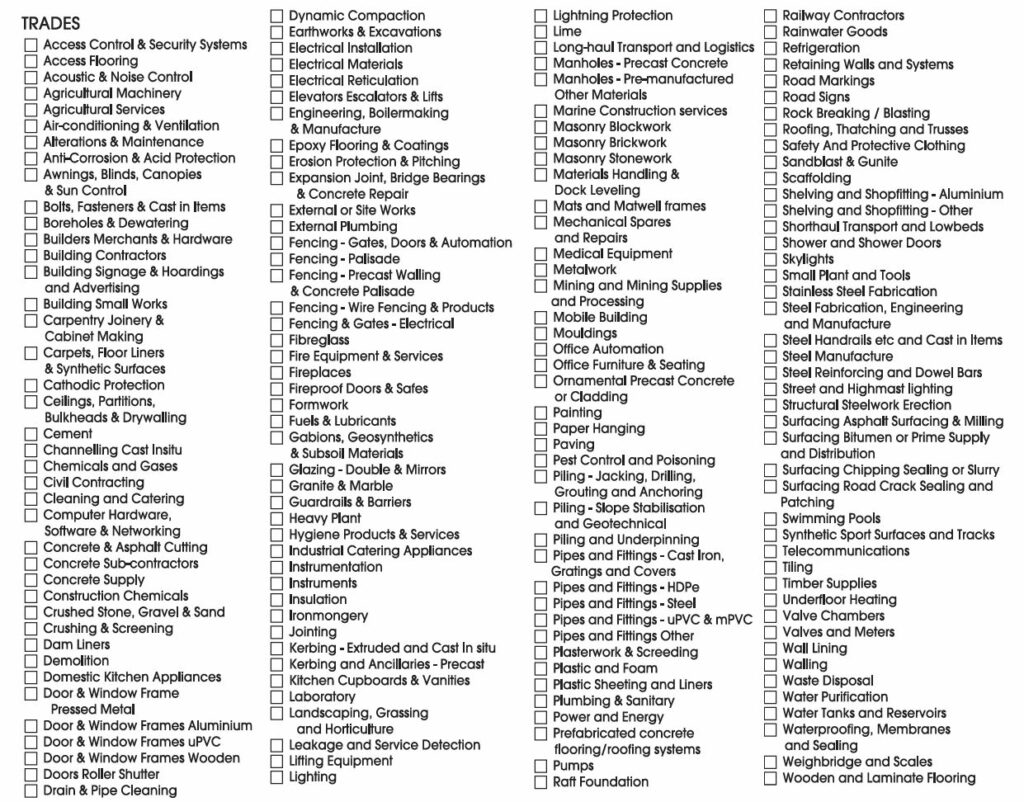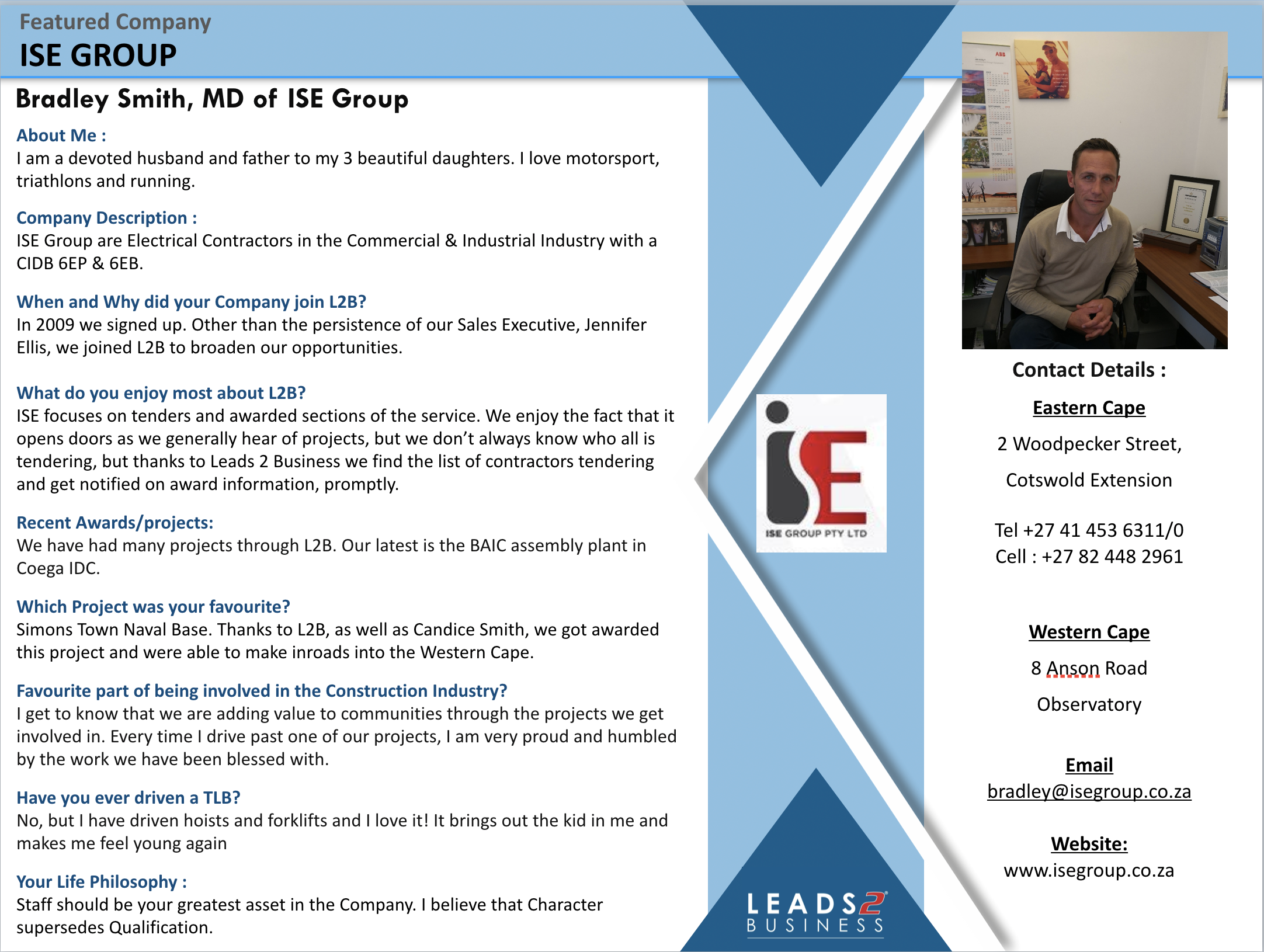Benefits of Subscribing to Open Quotes

Firstly, what is Open Quotes?
Open Quotes is a service where your company details are listed on our online Directory with a full company description, Trades, serviceable regions and contact details as provided by you. Your company is then available to our Leads 2 Quotes (L2Q) subscribers to view and they can choose to send Requests for Quotes (RFQ’s) to your contact. However, as an Open Quotes (OQ) subscriber, Suppliers / Vendors / Sub-contractors can see the tenders our L2Q Contractors are pricing on, that match their serviceable regions and Trades, without having to wait for the L2Q subscriber to send them a RFQ.
For a more detailed explanation of the Open Quotes service, please see the informative blog written by Jo Couto – Are You Open to Opportunity?
Whether you are a Vendor / Supplier / Sub-contractor, the following benefits are available on Open Quotes:
- The Bills of Quantities (BoQ’s) uploaded on our system by our L2Q Buyers are available to view for the contracts they are tendering on.
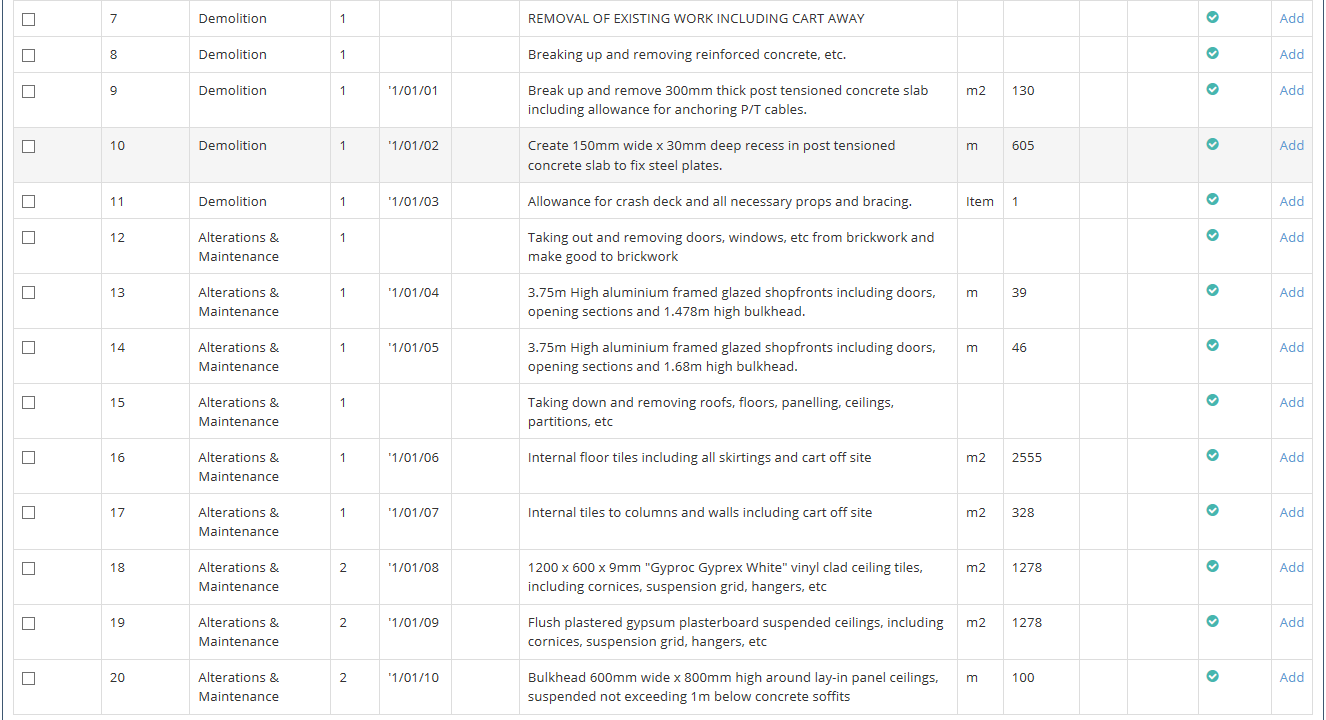
- These BoQ’s are matched to your company profile i.e. the Trades you have selected and the serviceable regions that your company works in.
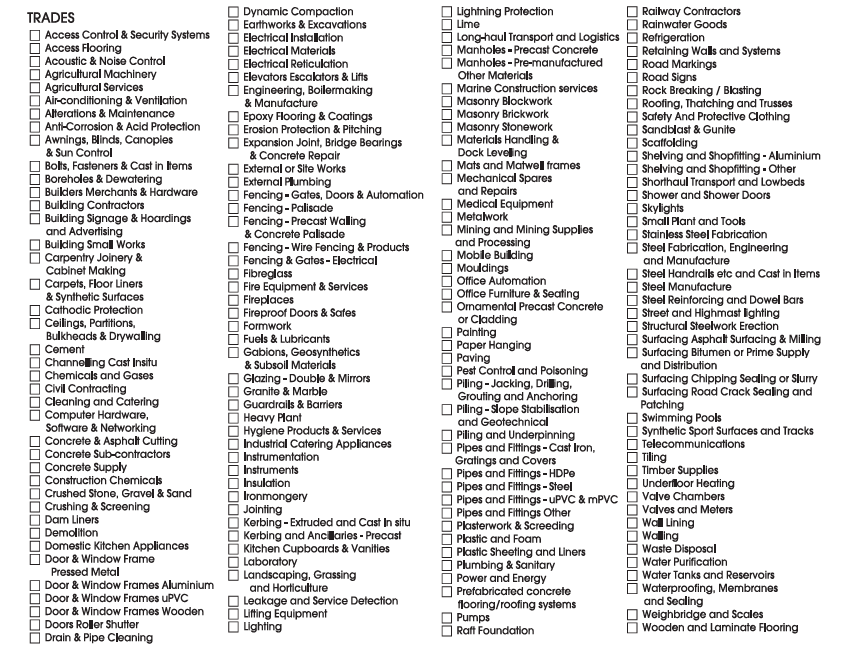
- You have access to the Drawings and/or Specifications that the contractors have provided.

- You are able to update and maintain your Company Profile, quickly and easily.
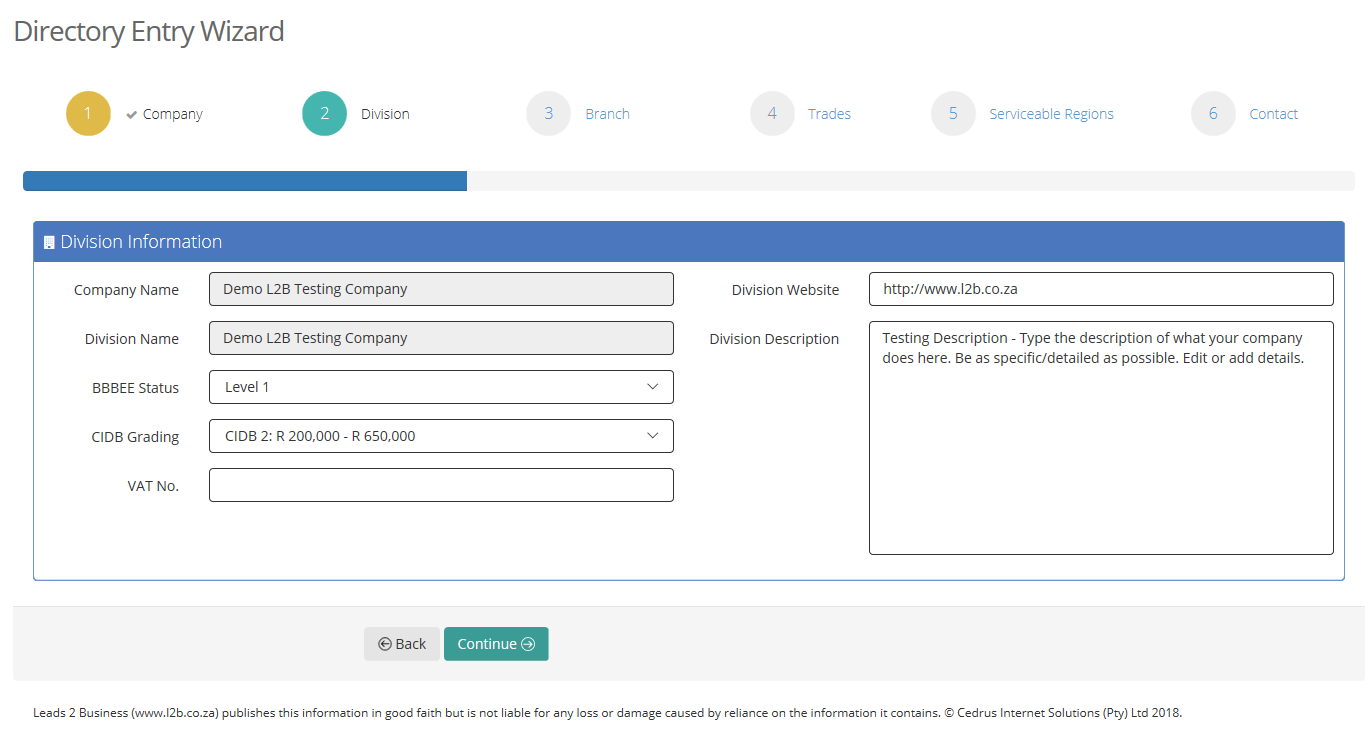
- Should you be sent a Direct RFQ, you have the functionality to forward the RFQ to a colleague through the system (e.g. if it falls within another colleague’s region).

- You have access to the awards on contracts that were uploaded on L2Q, matching your Trades and serviceable regions. This gives an additional opportunity to quote to the awarded contractor.
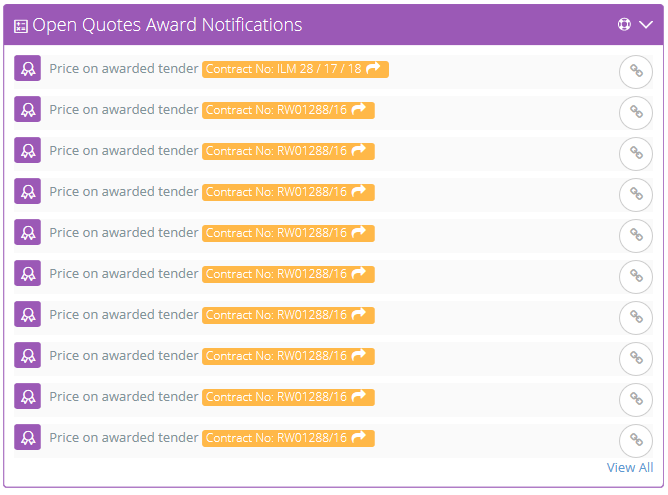
Open Quotes benefits all Vendors / Suppliers / Sub-contractors that are eager for opportunities to strengthen their pipeline. This service puts you in control: you choose the RFQ’s and Awards you respond to, no more waiting for RFQ’s to be sent to you. A simple, pro-active solution that benefits you, and your company.
If you are interested in subscribing to Open Quotes, you are welcome to make contact with me at CecileD@L2B.co.za.
To view more articles, please visit the Leads 2 Business Blog.
If you are interested in becoming one of our subscribers, please visit Leads 2 Business.
To view notes with screenshots on how to use our website, please visit the Leads 2 Business Wiki.
Sources
About Cecile Van Deventer
I joined the L2Q Team in 2006, as a L2Q Support Assistant and have been the HOD since 2010. I supervise L2Q Bills, Daily Tender Bills, Control Lists and Directory.
- Web |
- More Posts(19)



